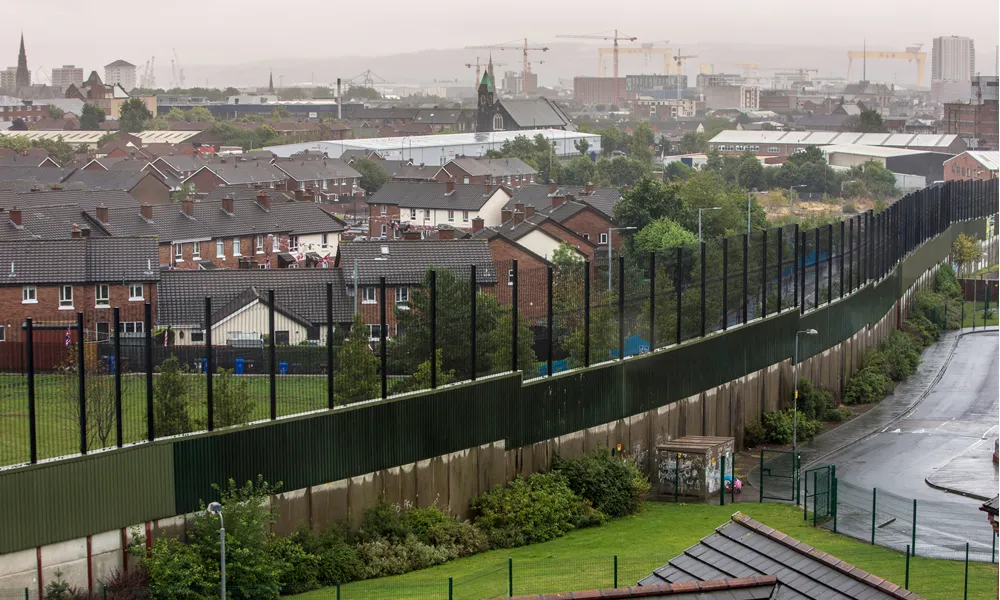During the violent ‘Troubles’ from the 1960s to the 1990s, Northern Ireland was considered the longest running, most intractable, violent conflict since the Second World War.
And yet, in 1998, most conflicting parties, political and paramilitary, decided to end the violence and open a new chapter with the Good Friday Agreement.
Nearly three decades later, Dr Marvin Suesse, Associate Professor in Economics at Trinity College Dublin shared his observations and potential lessons for Cyprus from the conflict.
Speaking at a Cyprus Forum discussion on Friday on the future of the Cyprus issue, Suesse stressed that each historical case is unique, however, lessons can be drawn from the complexities of each conflict.
In the case of Northern Ireland, the conflict was ethno-national, not religious, between unionists/loyalists (mostly Protestant) who want to keep and strengthen the union with Britain, and nationalists/republicans (mostly Catholic) who want to unite the region with the Republic of Ireland.
External powers set the framework
“If I were a historian, the 1985 Anglo-Irish accords was when the peace process really started […] It put the Irish and British governments on the same page,” he said.
The academic explained that the conflict was no longer identified as one between Britain and the Republic of Ireland, but as an intercommunal conflict that could be solved, highlighting the significant role that external powers can play.
Suesse noted that when the Good Friday Agreement was signed, there was very little trust or cooperation between the conflicting sides, so little trust that some actors would not hold direct negotiations but through third parties.
When the status quo is no longer an option
Agreement ultimately came because the status quo was no longer acceptable for either side, making the risk of a solution less problematic than keeping things as they were.
“For the unionists, it was clear after the Anglo-Irish Agreement that Britain would make deals with Ireland behind their back. They’d been locked out of political control. They needed to re-enter the political process and agree to power share.
“For the republican side, they’d reached a military stalemate. The opportunity to participate in formal legal power was dangled before them, and proved attractive enough for them to commit in principle to disarming.”
A third lesson from Northern Ireland is that the peace process is ongoing. “The process is very much incomplete. This was unavoidable. The process had been derailed or abandoned many times over issues like policing and disarming,” said Suesse.
Leave the dealbreakers for later
The 1998 Agreement, less than 40 pages long, was never clear on those contentious issues because if negotiators had tried to settle them on the on page, an agreement would never have been reached. Instead, they agreed to skirt around the issues and leave them for later.
A fourth point to note is that “intercommunal cooperation takes an incredibly long amount of time,” said Suesse. Twenty-seven years after peace was reached, the rates of intermarriage between the two communities has only increased from 2% to 6%.
“This is a very low number for two communities of approximately equal size.”
The academic noted that despite three decades of peacebuilding, the communities remain very much segregated by barriers, physical walls, gates that close at night, separate schools, sports, and more.
In a final comment, Suesse noted that political processes marked by a lack of trust are very volatile, especially when you add geopolitical shifts in the mix. One way to counter that is to increase intercommunal links. Another is to provide economic incentives. For example, in Northern Ireland, unionists ultimately recognised that large part of their trade was with the Republic of Ireland, something they didn’t want to lose.
